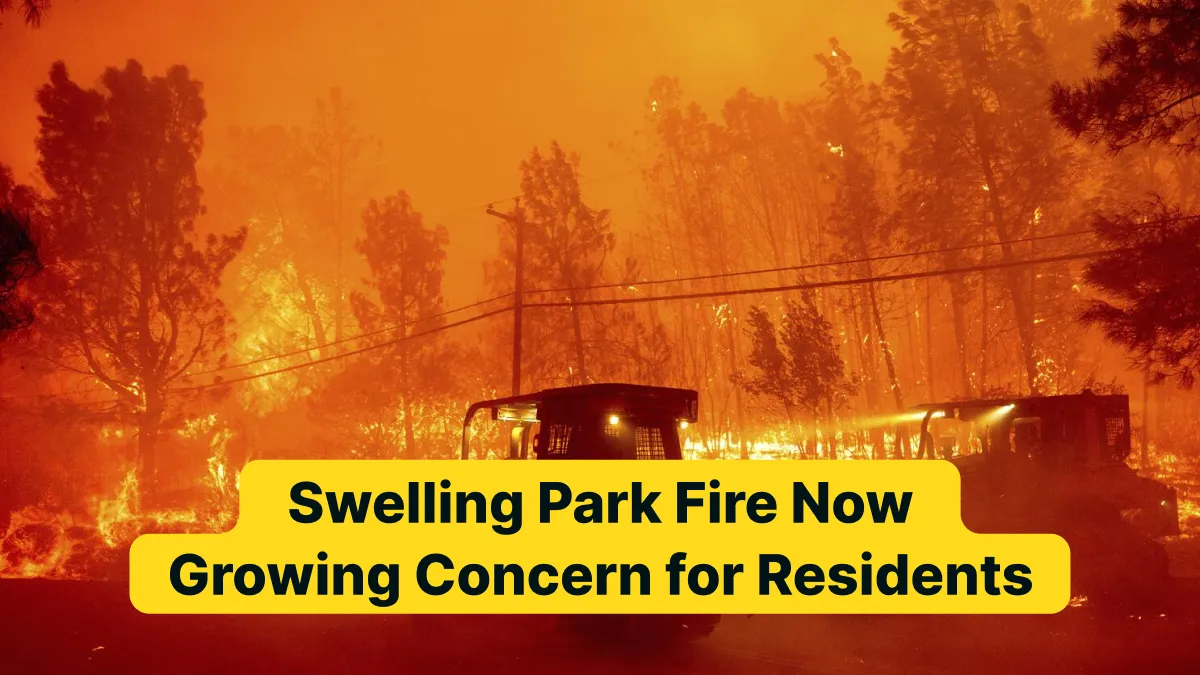The tropics are cranking back up again. The shift has had experts on edge: one part relieved by the relative normalcy and another part concerned. As the hurricane season begins to really get going, all eyes are on the critical time ahead to stay informed and get prepared for the next number of months for those who live in the tropics.
The official hurricane season is from June 1st through November 30th. As you may know, during these months, atmospheric conditions mixed with warm ocean waters can brew up various powerful storms. This year, the season is likely to be very active, according to experts. Several factors contribute to this forecast:.
First, the sea surface temperatures are warmer than normal. If the ocean is warm, this is the ingredient that kick-starts the development of a storm. Another factor is that the atmosphere is more humid this year, which aides in storm growth.
Second, there is less wind shear in the atmosphere. Wind shear is a change in wind speed and direction with height. High wind shear rips storms apart. Low wind shear allows them to develop and strengthen. This year conditions are very good for storm growth.
Recent Activity
Activity in the tropical regions has picked up a little recently, with several weather systems under observation by the meteorologists: some of them could potentially become a tropical storm—or even a hurricane. The National Hurricane Center monitors these systems very closely.
One of the systems has really caught their eye. It’s now over the Atlantic Ocean. This system has quite a good chance of developing a tropical storm over the next few days. If it does, it will get a name. The first name on this year’s list is “Ana.”
Meanwhile, there’s another system churning in the Gulf of Mexico. It, too, has the potential to become a tropical storm. Residents living along the Gulf Coast need to be on the alert for the weather report. When it comes to being safe during the hurricane season, the key is early preparation.
Effects on Communities
These storms have the very great potential to affect communities. The tropical storms and hurricanes manifest through strong winds, heavy rainfall, and storm surges. These surges are huge waves causing floods in a coastal area. It could be very irreparably destructive to houses and infrastructures.
Apart from physical destructions, storms can disrupt lives. Power failure is a common happening during hurricanes. Zero electricity may deprive them of many essential services. These include communication, transport, and medical services. There has to be communities with emergency planning done in advance.
In fact, many communities have started making preparations. Local Governments are advising her constituents to stock supplies such as food, water, batteries, medicine and other things. Emergency shelters will be accommodating persons who will need to vacate their places. Schools and businesses had revisited their emergency plans.
Role of Technology
The advancements in technology have made hurricane forecasting quite easy. Satellites and computer models are both important tools used to track storms by current meteorologists. The information gained about the path the storm will take and the power with which it will move can be very critical. An early warning is helpful to the communities to start off their preparation for the same.
For instance, NOAA itself has a number of satellites at its disposal. Their satellite monitoring of the global weather patterns supplies current information that is actually used in predicting storm development. All these are done through computer models that simulate the different situations.
However, with these new advancements, hurricanes remain highly unpredictable affairs. A storm can veer off or increase speed in a significantly brief period. This is what this vagueness does: it dictates that people need to stay informed. Such regular updates can be gotten from credible sources for people to make informed decisions.
Issues of the Environment
Climate change explains more, as to why the tropical region is experiencing increased activities. That is, warm global temperatures produces scientists believe that when global temperatures increase, there will be extreme storms. Higher temperatures translate to high waters temperatures. As mentioned earlier, warm wasters is a critical element is necessary for storm formation.
Moreover, the rise in climate changes has brought an increment in the levels of the sea. This increment carries with it the danger of increased sea levels, thereby making the risk of storm surges raised. In case of hurricanes, the coastal areas are more exposed to flood risks. This raises more need for better preparedness by the communities.
Safety measures against all forms of disasters have become very important for all the world’s people. But in dealing with the unexpected onslaught of nature that is occurring in small and large towns worldwide, with people losing their lives and their homes and livelihoods, staying safe means being better prepared.
7 Things You Need
Keeping you safe this hurricane season will take a lot of preparation and vigilance. Here are some helpful tips to get you through the season safely:
- Be Informed: Acquire weather updates from trusted sources—local news stations and the National Hurricane Center—frequently during the progress of a hurricane.
- Develop a Family Plan: All families should have an emergency plan. Know your way out in case you need to evacuate. Everyone should know the plan.
- Get Your Supplies: You will need supplies. Be ready with food, water, extra batteries, and prescription medications. Don’t forget about your pets.
- Protect Your Home: Protect your home against destructive forces. Install storm shutters or board up windows. Make sure to securely reinforce the garage door, and tie or bring indoors lightweight objects in the yard.
- Listen to the Authorities: Follow the community’s general authorities. If they say to evacuate, do so immediately. Don’t wait until the very end.
Conclusion
The tropics are here again, and between the lines, that relates to the coming hurricane season. It is expected to be an active one and will mandate a lot of preparation. Communities should now take a wary eye and proper precautions against storms that may be affecting them. Estado del tiempo would like to remind you that, although technology and preparedness can help mitigate the impact of a storm, the need rises to take urgent action for the future against climate change. Make sure to be safe and vigilant in this hurricane season.









